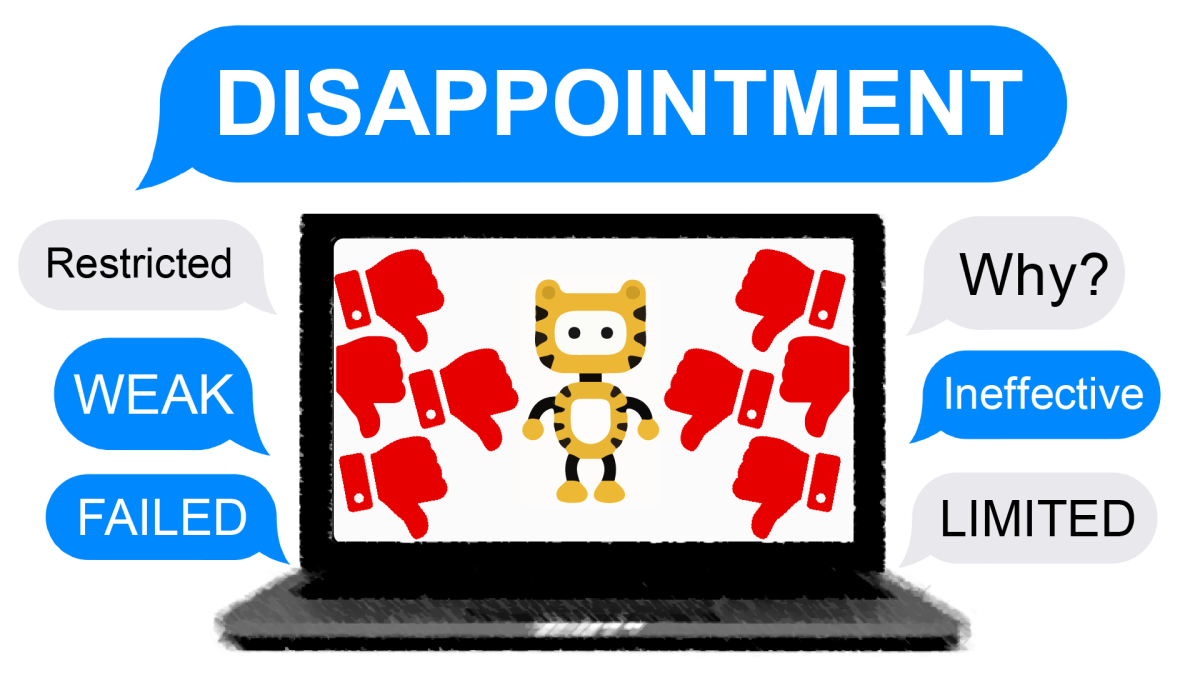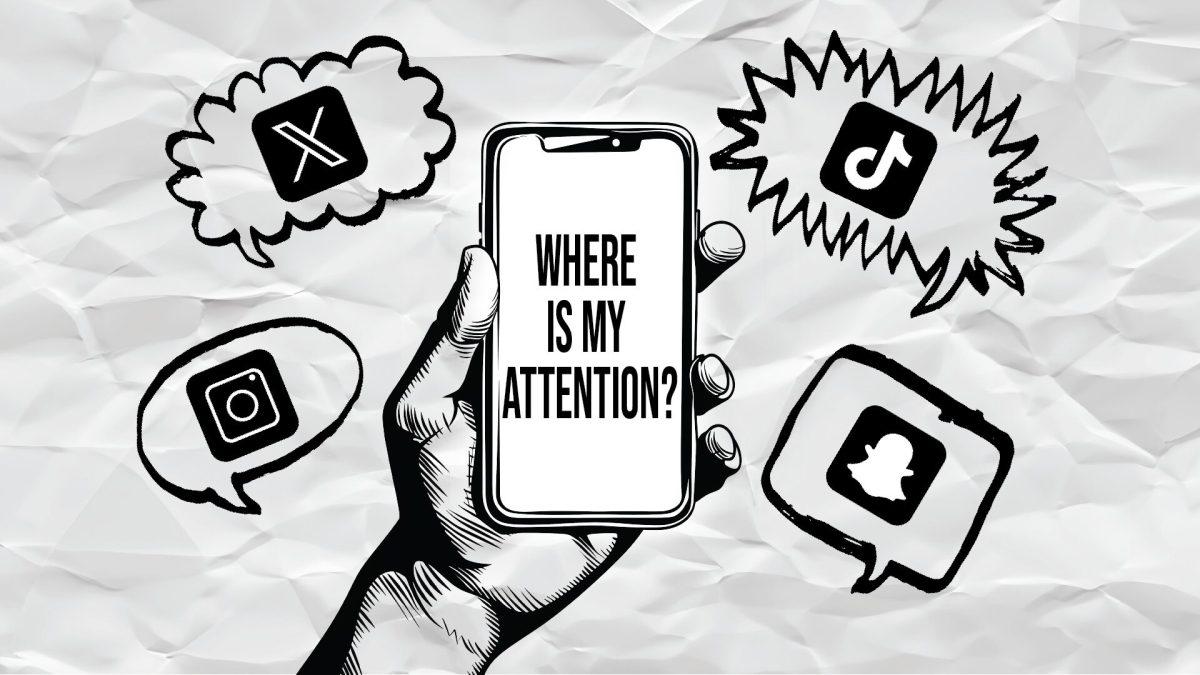Without a doubt, recent debates about legislation aiming to completely defund Planned Parenthood of its government aid have been polarizing. Not that this is any surprise.
As per usual, Planned Parenthood supporters, largely women, have protested in flocks, wearing their requisite pink attire and accusing their opponents of intentionally wanting to harm women and destroy all health services for women’s sexual and reproductive health. On the other side, are the eerily silent anti-abortion protestors, whose creepy meditation and prayer always seem discordant with their vitriolic and often graphic posters.
Even the youth have gotten involved, with self-proclaimed protesters posting pictures on Facebook, holding signs emblazoned with “I stand with Planned Parenthood,” as if such a slogan means much. As for young conservatives, the argument too often falls upon discussions of abortion, though the legislation (as written) has nothing to do with abortion.
Clearly, I’m not thrilled with either side, largely for reasons that extend beyond my spite of poster-toting, slogan-spewing protestors.
I come into this situation from a fairly conflicted perspective. Although I consider myself a strong economic conservative and often socially conservative, generally opposed to any frivolous government spending, I’m also associated with Planned Parenthood through previous work.
Although I don’t want to imply that Planned Parenthood and conservatism are mutually exclusive or completely opposing forces, the fact is that in our binary political system, they are. With issues like these, there is no tolerance for arguments that fall in grey areas.
As written, the legislation seeks to completely defund Planned Parenthood of money intended for pap smears, pregnancy tests, cancer screenings and tests for sexually transmitted infections. Emphasis on the word “completely.” There is no room for ambiguity; it’s all or nothing.
This kind of legislation is not just destructive to women, but it’s also politically destructive and clearly a subversive ploy to bring a health provider (who happens to provide abortion services) to its knees. Although the legislation purports to be about defunding women’s reproductive services, it’s obvious that its acceptance within conservative circles comes from its inherent ability to reduce access to abortions.
On the other hand, we should not make the assumption, often made by liberals, that more government money for Planned Parenthood translates to more successful services or positive change in statistics regarding pregnancies, STIs and cancers. We also must not make the politically questionable accusation that any defunding of Planned Parenthood is anti-woman. It’s divisive and frankly too easy.
Although I’m often not a fan of Ann Coulter, I’ll use a phrase of hers: for liberals, using emotional ploys in response to legislative action is a “doctrine of infallibility.” In other words, by responding to political arguments with overly emotional or personal pleas for the health of “all women,” any critical response in return is immediately deemed anti-woman and discriminatory.
Although this isn’t an easy issue, I am strongly in favor of being selective in deciding where to reduce funding for Planned Parenthood, rather than completely defunding or remaining at the status quo.
I’m not given the word count in my column to explain the cuts I think might be rational, but ultimately, the process of finding an attainable solution to appease both parties is crucial if we plan to strengthen our economy, while at the same time maintaining the health services and respect that women deserve.
Until then, I hope you’re all ready for more pink, more Facebook posts and more politically divisive campaigns.











